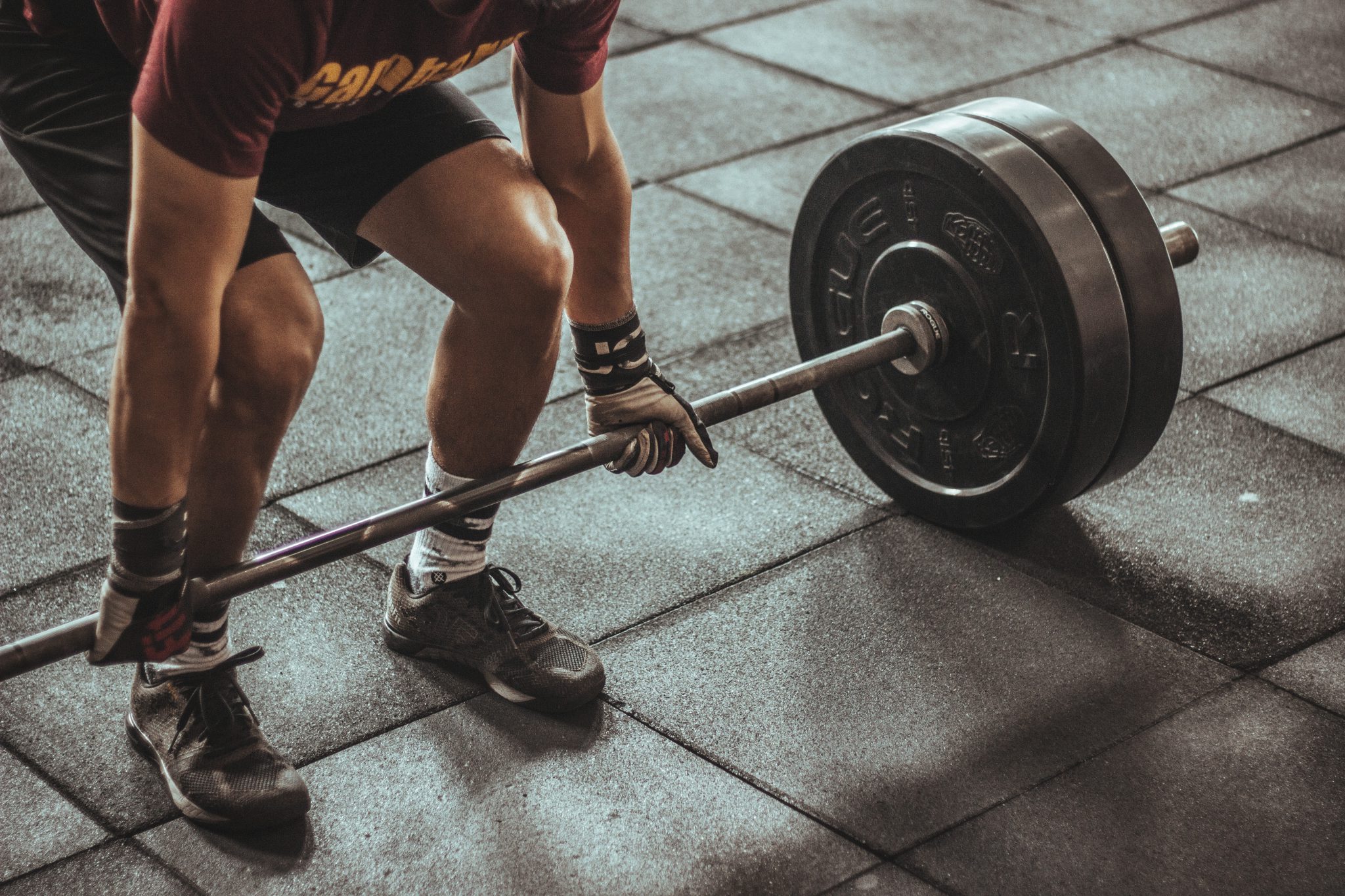“Fitness” does not describe a single thing. It is a collection of attributes. Understanding these attributes will help you train more effectively and reach whatever fitness goal you set for yourself.
Strength
Strength is more than large muscles. In fact, it does not necessarily require large muscles at all. Strength is defined as the maximal force produced by the muscles during a contraction. This is how much force the muscle can produce. Force does not necessarily correlate to size, which is why a lean-looking CrossFit athlete may be able to bench more than a buff-looking bodybuilder. Strength is essential to moving heavy objects. Strength is trained by lifting loads at a near maximal level. Think sets of three to five reps. Training for strength has a number of benefits beyond the ability to lift heavy things: It can increase bone density, improve mood and hormone distribution, and increase use of stored calories to burn fat. Common strength-building exercises are multi-joint and utilize larger muscle groups; these include the squat, deadlift, and shoulder press. Exercise choice, however, is less vital than the workout structure mentioned above.

Strength Endurance
Put simply, strength endurance is the ability to perform feats of strength repeatedly over time — to sustain efficient movement under stress for a long period. Imagine you were tasked with building a traditional stone wall by hand. You would need to move each stone to the location of your wall and lift each stone into place. Strength endurance is what allows you to continue exerting these larger forces over the course of the day or week. Generally, the training for strength endurance includes multiple sets of more than five reps. Exercises that target strength endurance are similar to those that work to build strength, involving large muscle groups and multi-joint movements such as weighted pullups, weighted lunges, and squats. Again, the workout setup is more important to achieving this goal than the exercises, as it is more important to be lifting heavy loads with minimal rest periods. Circuit-style workouts can also work to increase strength endurance provided the above metrics are met.
Power
The intersection of strength and speed, power is the execution of speed at a high velocity or the ability to apply maximal force (strength) as quickly as possible. Think of the start of a sprint or jumping three steps while climbing the stairs. These movements require strength but at great speed, which differs from how we move when we walk, run, or normally climb steps. Power training can both improve strength, as large muscle groups work in concert, and improve cardio. Power is developed by utilizing large muscle groups and multi-joint movements, with classic examples including the snatch and the clean and jerk (as well as their kettlebell variants). Less common examples include kettlebell swings, box jumps, and other jumping actions.

Power Endurance
Power endurance is the ability to execute movements of power over time — like if you needed to sprint 1/4 mile every 10 minutes. In football, a running back’s ability to continue with bursts of speed throughout a game is a good example of power endurance. We can all benefit from the ability to execute a powerful movement repeatedly throughout the day. Improving our power endurance also helps increase hormone production, decrease fat stores, and improve the energy pathways responsible for short but explosive activities. Power endurance is achieved by executing the power movements listed above throughout a workout with little to no rest. This can involve exercises like a box jump or kettlebell swing punctuated throughout the workout or circuit.
Anaerobic Capacity
This is the amount of energy the body is able to produce through anaerobic energy pathways, or without the use of oxygen. To back up, there are three primary sources of energy production in the body, two of which are anaerobic and involved primarily in short-duration activities, like a burst of speed in a soccer game. Within that game, every time you exert a change in intensity — jump, sprint, increase speed, cut — you are using these anaerobic pathways to create the energy for this type of movement. In order to improve our anaerobic capacity, we must maximally stress these first two energy systems through high-intensity efforts that range from 10 to 60 seconds. This is commonly referred to as high-intensity interval training, or HIIT. Anaerobic capacity can be trained in a number of ways. The classic example is sprinting (running, biking, rowing), but the trick here is keeping the body in a specific energy production zone, such as by using sled drags, tire flips, and sled pushes periodically throughout a circuit.

Aerobic Capacity
Think endurance, or what we often call “cardio.” Aerobic endurance is the body’s ability to exchange gas, or remove carbon dioxide and replace it with oxygen. The good news is, aerobic capacity can be improved immensely through training activities such as running. Aerobic capacity also plays a role in any of the endurance metrics mentioned above because it is responsible for removing acidic compounds like lactic acid from the muscles. This allows us to continue working at high capacities of strength, power, and endurance over a long period of time. Improving your aerobic endurance helps reduce the risk of a number of conditions including obesity, heart disease, high blood pressure, Type 2 diabetes, metabolic syndrome, stroke, and even some forms of cancer. Further, aerobic exercise has been shown to increase immune efficiency, improve stamina, and help manage chronic conditions such as those mentioned above, as well as mental health disorders. Needless to say, there is some serious bang for your buck when it comes to aerobic exercise. The classic training example for aerobic capacity is the long-distance run, bike, swim, or row. Recent evidence indicates that HIIT-style workouts also improve aerobic fitness, so punctuating aerobic exercises with bursts of power and strength movements works well.
Muscular Endurance
We often train for this fitness attribute without even knowing it. If you find yourself doing crunches, you are training the muscular endurance of your abdominals. Muscular endurance allows us to use suboptimal strength over long periods of time. Put simply, this is a measure of how long a muscle is able to perform a high number of repetitions with low weight without getting tired. The ability to hold a plank for a given length of time or perform a large number of pushups are two common examples. This attribute relies on your muscle’s ability to continue to create and release energy from the stores of energy throughout your body. Any repetitive movements you perform throughout your life rely on muscular endurance. Perhaps most important are the postural muscles that keep your body from folding in half throughout the day. By training to improve your muscular endurance, you will also work to improve your stamina and reduce fatigue throughout the day and help limit injuries from both everyday tasks and your athletic pursuits. Muscular endurance is trained by extending the repetition range of most exercises — these include pushups, pullups, running, situps, and air squats.








Comments